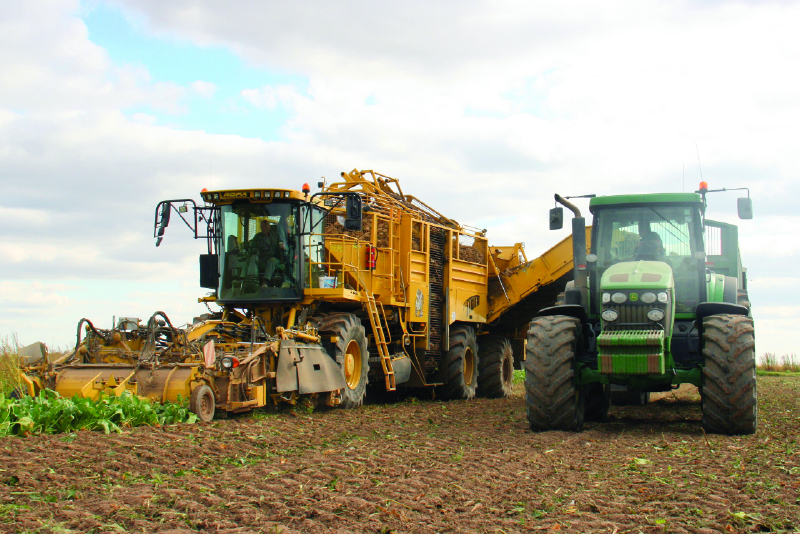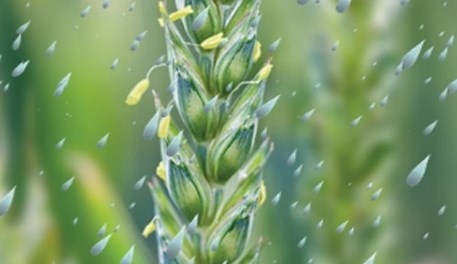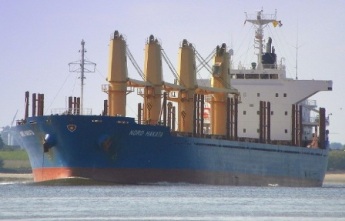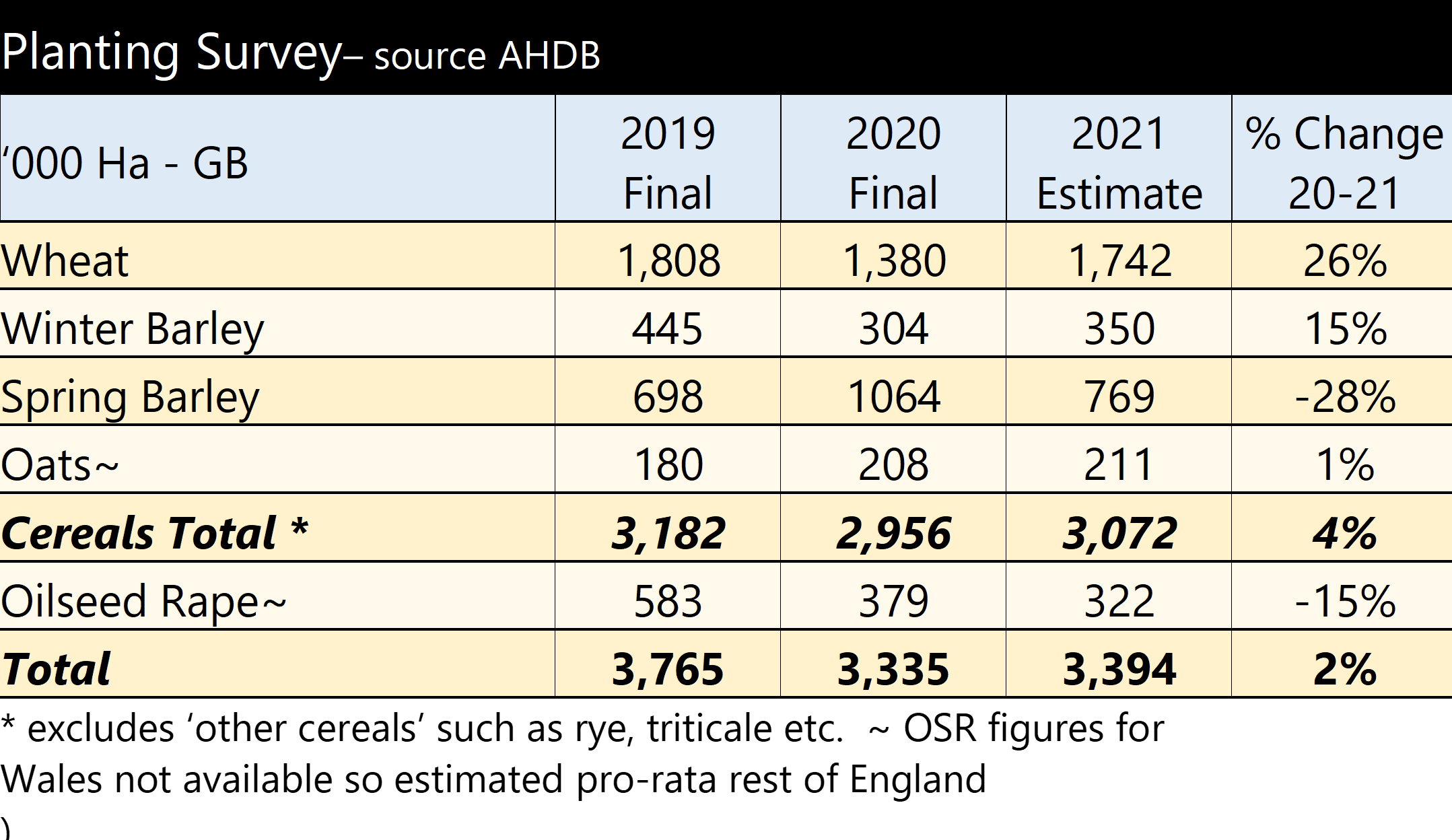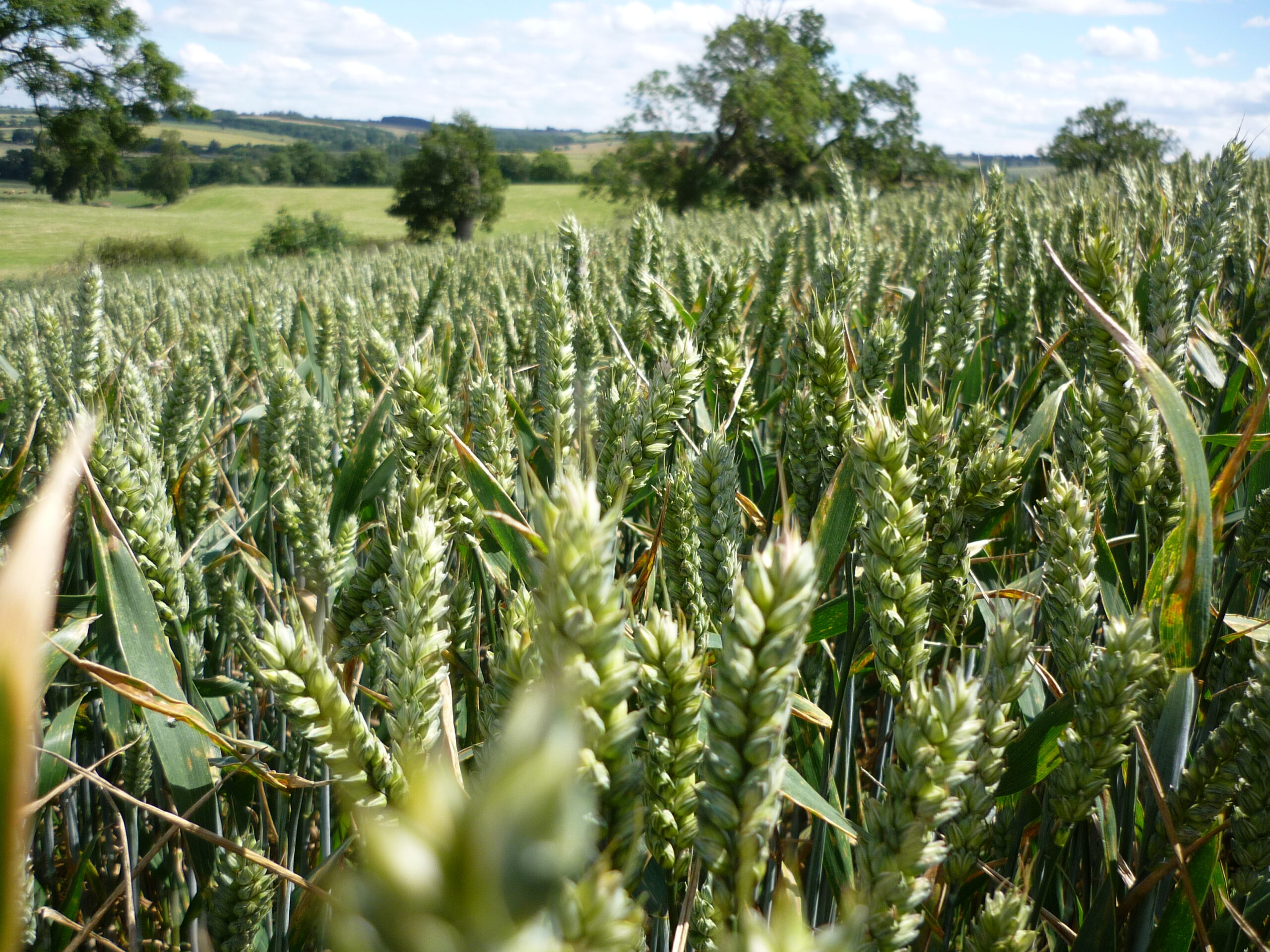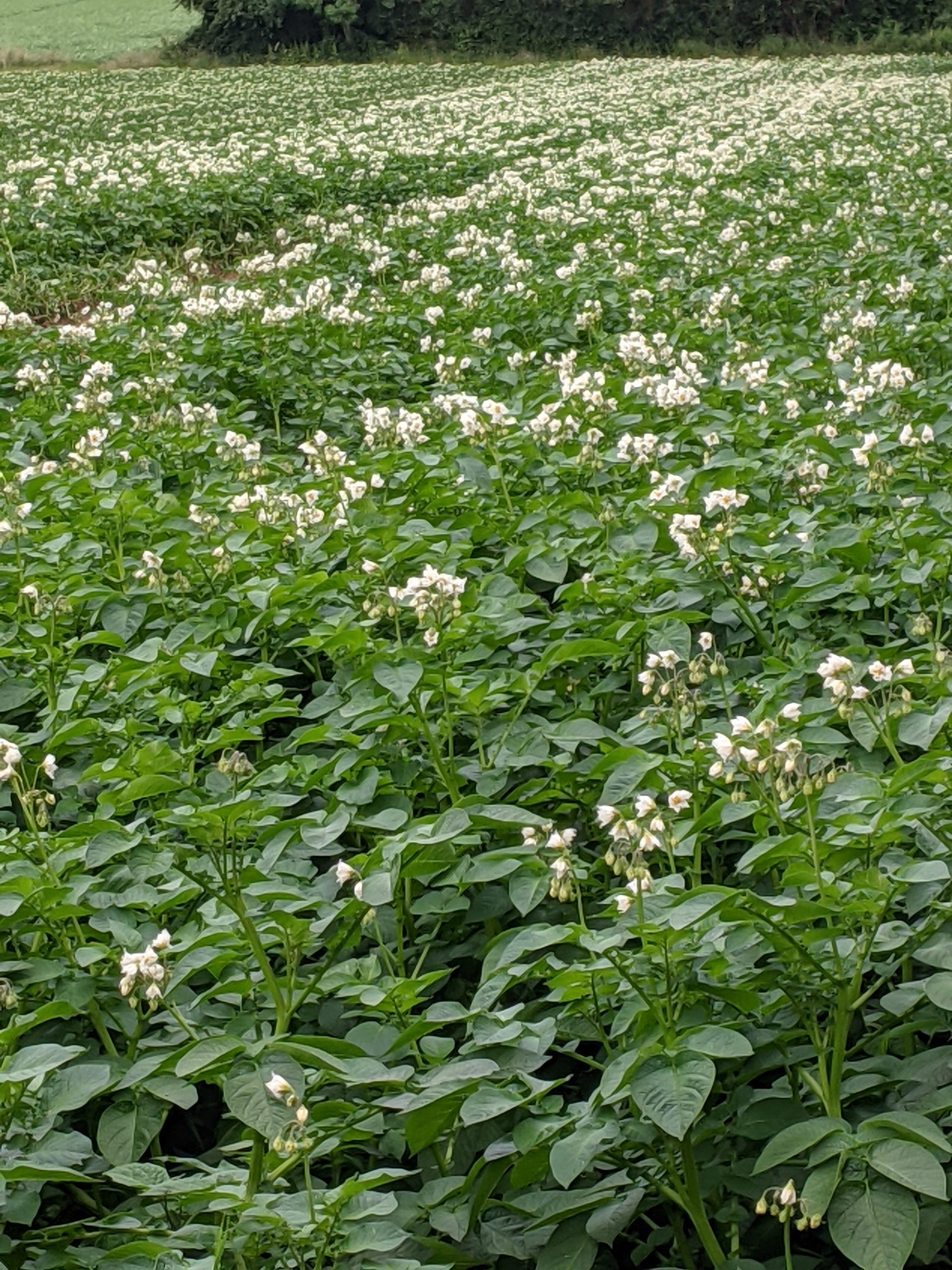The beet price for the 2022 crop will be £27 per (adjusted) tonne. This is a significant increase over the price for this year’s crop of £21.10 and £22.00 on the one-year and three-year contracts respectively. These prices were themselves increased in February from the initial contract figures last autumn. The 2022 prices will be a flat-rate with no market related bonus as seen in recent seasons. Those growers already on existing multi-year contracts can move to a price of £25 per tonne if they contract for an additional year.
Other points agreed between the NFU and British Sugar (BS) under the Inter-Professional Agreement include’
- the futures-linked variable price contract will be available to all growers. This was trialled last year with a limited number of farmers. Up to 10% of a grower’s 2022 contract tonnage can be sold on this basis.
- a local premium is to be introduced. This will pay an extra £2 per tonne for growers within nine miles of a factory, falling on a sliding scale to 10p for those within 28 miles
- the Virus Yellows insurance scheme, introduced for 2021 will continue unchanged for 2022
The fact that the announcement comes so late highlights the difficulty the two parties had in reaching a price agreement. The final figure was higher than the indicative price of £25 per tonne BS suggested in the summer, although not as high as the NFU asked for. With buoyant prices for alternative crops and growing costs rising, a sizeable uplift was required to keep the area planted up.
